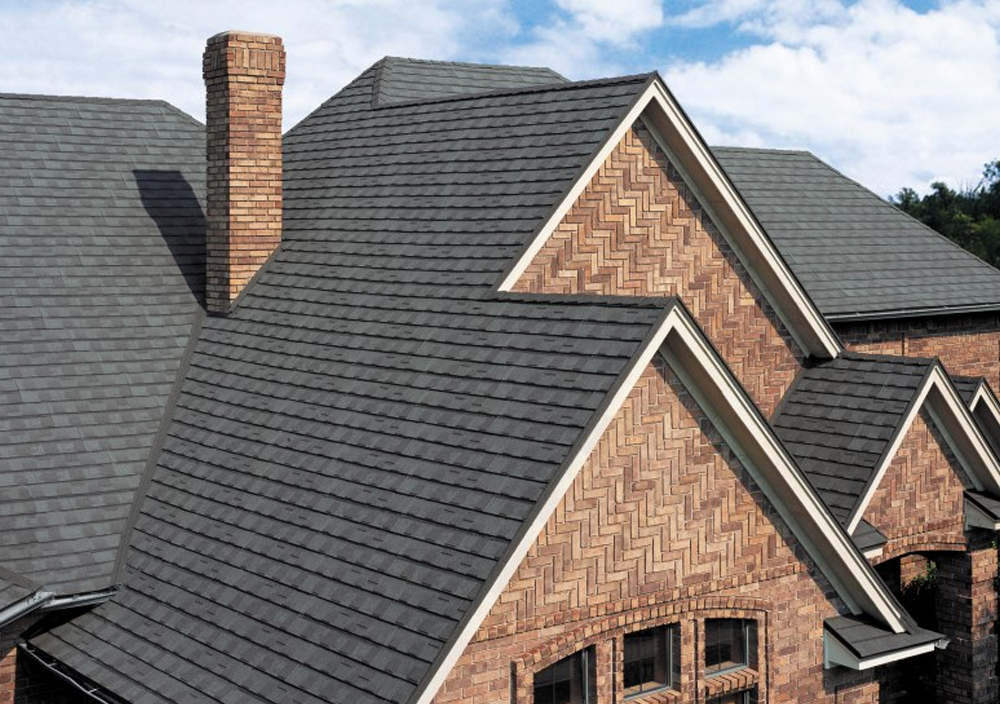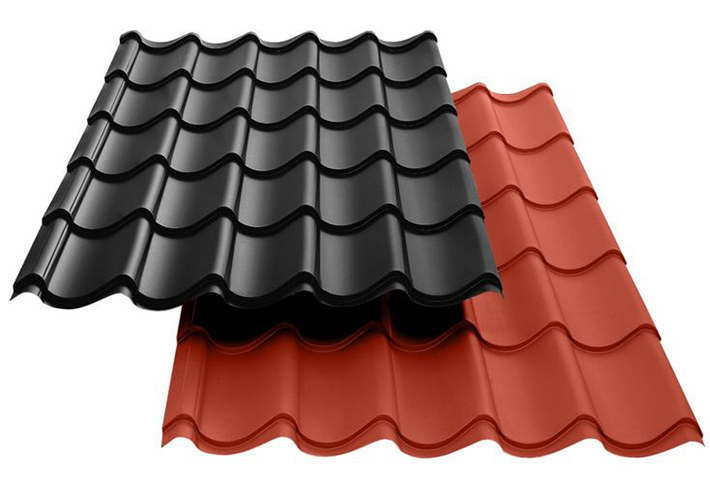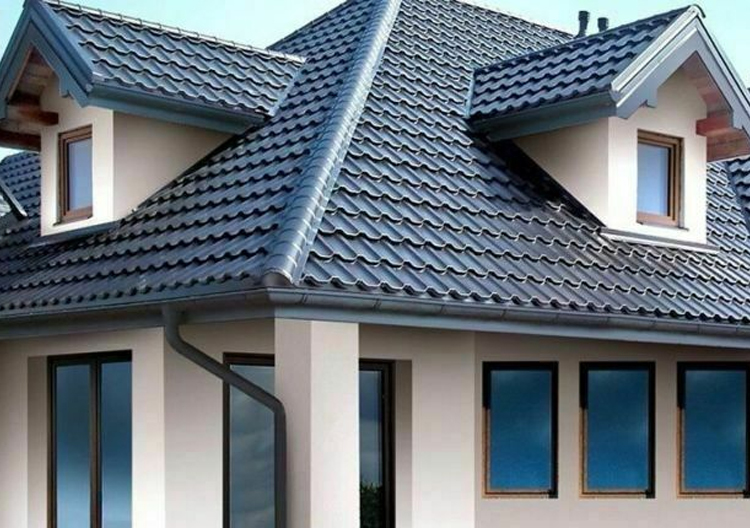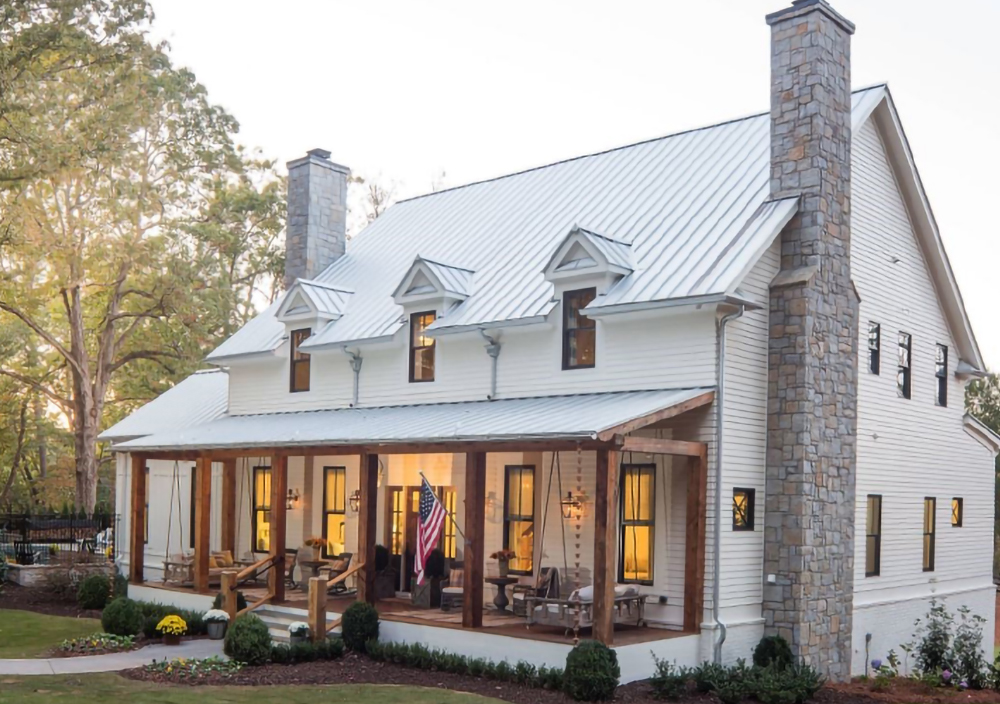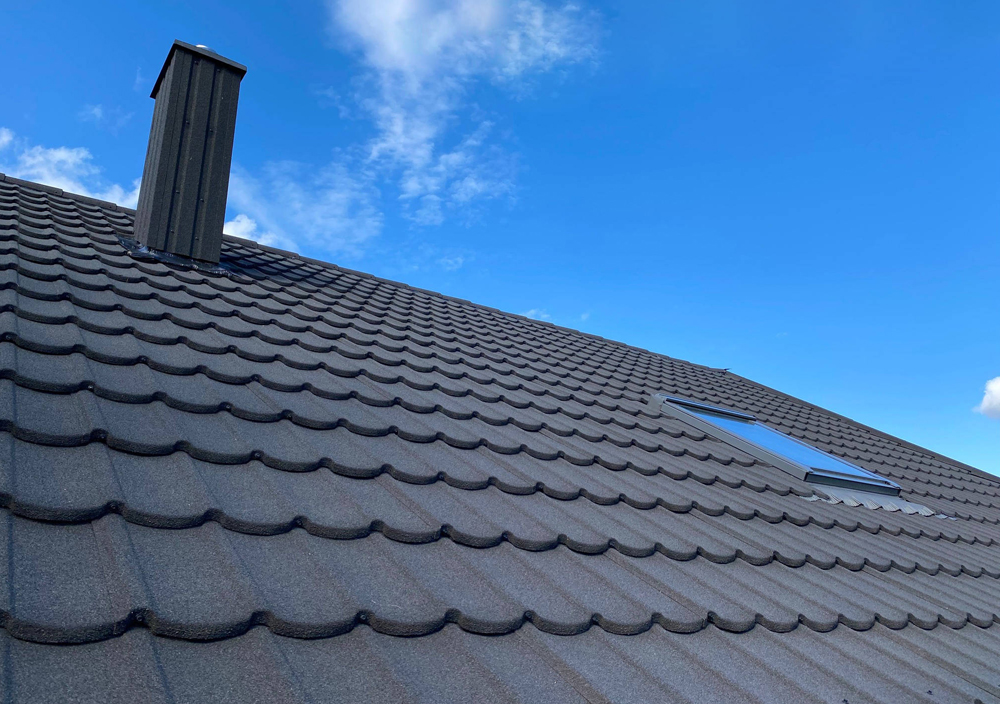Choosing between solar panels and solar tiles depends on several factors, including aesthetics, cost, efficiency, and the specific needs of your home or project.
Here’s a breakdown of the key differences to help you decide which might be better for you:
Solar Panels

1. Efficiency
- Types of Solar Panels:
- Monocrystalline Panels:
- Description: Made from a single, pure crystal of silicon.
- Efficiency: High efficiency ranging between 15-22%.
- Performance: Perform well in low-light conditions and have a longer lifespan.
- Cost: More expensive due to the manufacturing process.
- Polycrystalline Panels:
- Description: Made from multiple silicon crystals melted together.
- Efficiency: Moderate efficiency ranging between 13-18%.
- Performance: Slightly less efficient in high-temperature conditions compared to monocrystalline.
- Cost: Less expensive and more cost-effective.
- Thin-Film Panels:
- Description: Made by depositing thin layers of photovoltaic material onto a substrate.
- Efficiency: Lower efficiency around 10-12%.
- Performance: Flexible and lightweight, better performance in high temperatures and shaded conditions.
- Cost: Generally cheaper but require more space for the same power output.
- Monocrystalline Panels:
- Overall Efficiency:
- Solar panels are generally more efficient than solar tiles, allowing you to generate more electricity in a smaller area.
- Efficiency can be affected by factors such as orientation, shading, temperature, and maintenance.
2. Cost
- Upfront Costs:
- Average Cost: Ranges from $2.50 to $3.50 per watt, including installation.
- System Cost: For a typical 6kW system, costs range between $15,000 to $21,000 before incentives.
- Financial Incentives:
- Tax Credits: Federal tax credits (e.g., Investment Tax Credit in the US) can reduce costs by up to 26%.
- State and Local Incentives: Additional rebates and incentives may be available depending on your location.
- Return on Investment (ROI):
- Payback Period: Typically between 5 to 8 years, depending on energy prices and incentives.
- Energy Savings: Significant savings over the lifespan of the system (25-30 years).
- Financing Options:
- Loans: Solar loans can spread the cost over several years.
- Leases and PPAs: Options to lease the system or pay for the power generated without upfront costs.
3. Installation
- Process:
- Assessment: Site evaluation to determine suitability and optimal placement.
- Mounting: Panels are mounted on racks attached to the roof or ground mounts.
- Electrical Connection: Panels are connected to an inverter and integrated into the home’s electrical system.
- Timeframe: Installation typically takes 1-3 days, depending on system size and complexity.
- Roof Compatibility:
- Suitable Roof Types: Compatible with most roof materials including asphalt shingles, metal, tile, and flat roofs.
- Roof Condition: Roof should be in good condition; it’s advisable to replace old roofs before installation to avoid future removal and reinstallation costs.
- Impact on Roof:
- Weight: Panels add weight but are generally safe for standard roofs.
- Waterproofing: Proper installation ensures no leaks; mounting systems are designed to prevent water intrusion.
- Flexibility:
- Angle and Orientation: Racks can be adjusted to optimal angles to maximize sun exposure.
- Removal and Relocation: Panels can be removed and reinstalled if necessary (e.g., during roof repairs).
4. Aesthetics
- Appearance:
- Visibility: Panels are visible and protrude from the roof surface.
- Design Options: Newer designs offer sleeker profiles and all-black panels for improved aesthetics.
- Integration: Efforts can be made to blend panels with the roof color and design.
- Community and HOA Regulations:
- Restrictions: Some homeowner associations may have rules regarding the appearance and placement of solar panels.
- Solutions: Low-profile and aesthetically pleasing designs can help meet regulations and preferences.
5. Durability and Lifespan
- Lifespan:
- Expected Lifespan: Approximately 25-30 years.
- Performance Degradation: Efficiency typically decreases by 0.5-1% per year.
- Warranties:
- Product Warranty: Covers defects and usually lasts 10-25 years.
- Performance Warranty: Guarantees a certain level of performance over time.
- Weather Resistance:
- Robustness: Designed to withstand harsh weather conditions including hail, snow, and high winds.
- Certification: Panels undergo rigorous testing and certifications (e.g., IEC standards).
6. Maintenance
- Requirements:
- Cleaning: Periodic cleaning to remove dust, debris, and snow enhances performance.
- Inspection: Regular checks for damage or issues with wiring and mounts.
- Costs:
- Low Maintenance: Generally low ongoing maintenance costs.
- Professional Services: Optional services available for cleaning and inspection.
Solar Tiles

1. Efficiency
- Performance:
- Efficiency Rates: Generally between 10-18%, lower than traditional panels.
- Technology Variations: Efficiency varies by manufacturer and technology used.
- Factors Affecting Efficiency:
- Design Constraints: Integration into roofing materials can limit optimal positioning and cooling, affecting efficiency.
- Coverage Area: Larger roof area may be required to generate equivalent power compared to panels.
2. Cost
- Upfront Costs:
- Average Cost: Ranges from $8 to $15 per watt, including installation.
- System Cost: For a typical 6kW system, costs can range between $48,000 to $90,000 before incentives.
- Integrated Roofing Solution:
- Roof Replacement: Costs include both roofing and solar components, which can be cost-effective if replacing an old roof.
- Material Variations: Different materials (e.g., glass, metal) and styles affect pricing.
- Financial Incentives:
- Tax Credits and Rebates: Eligible for the same incentives as solar panels, reducing overall cost.
- ROI:
- Longer Payback Period: Typically 10-20 years, depending on energy prices and incentives.
- Financing Options:
- Loans: Solar-specific loans can help manage high upfront costs.
- Mortgage Integration: Costs can sometimes be integrated into a home mortgage for new builds.
3. Installation
- Process:
- Assessment and Design: Customized design to fit roof dimensions and architecture.
- Roof Preparation: Existing roof materials are removed if necessary.
- Tile Installation: Solar tiles are installed like traditional roofing materials, covering the entire or partial roof.
- Electrical Integration: Similar to panels, tiles are connected to inverters and the home’s electrical system.
- Timeframe: Installation can take 1-2 weeks or longer, depending on roof size and complexity.
- Roof Compatibility:
- Best Suited For: New constructions or when replacing the entire roof.
- Roof Slope and Orientation: Optimal performance on roofs with suitable angles and sun exposure.
- Complexity:
- Specialized Labor: Requires installers trained specifically for solar tile systems.
- Permitting and Inspections: More extensive permitting process may be required.
4. Aesthetics
- Appearance:
- Seamless Integration: Designed to look like conventional roofing materials, offering a sleek and modern appearance.
- Variety: Available in various styles and colors to match different architectural designs (e.g., slate, terracotta).
- Curb Appeal:
- Enhanced Property Value: Attractive design can increase the aesthetic and resale value of the property.
- Discreet Energy Generation:
- Low Profile: Ideal for homeowners wanting a subtle solar solution without visible panels.
5. Durability and Lifespan
- Lifespan:
- Expected Lifespan: Comparable to or exceeding traditional roofing materials, around 30-50 years.
- Performance Degradation: Similar to panels, with gradual efficiency reduction over time.
- Warranties:
- Product Warranty: Often comes with lengthy warranties (e.g., Tesla offers 25-year tile warranty).
- Weather Resistance: Built to withstand extreme weather conditions, including hail, wind, and heavy snow.
- Material Strength:
- Robust Construction: Some tiles are made from tempered glass, offering high durability and longevity.
6. Maintenance
- Requirements:
- Cleaning: Less accessible for cleaning; however, some designs incorporate self-cleaning properties.
- Inspection: Regular inspections are recommended to ensure optimal performance.
- Repair and Replacement:
- Complexity: Repairing damaged tiles can be more complex and costly compared to panels.
- Availability of Parts: Replacement tiles may have longer lead times depending on the manufacturer.
7. Availability and Manufacturers
- Major Players:
- Tesla Solar Roof: One of the most prominent products in the market, offering innovative designs and integrated energy storage options.
- Other Manufacturers: Companies like CertainTeed, SunTegra, and Luma Solar also offer solar tile solutions.
- Market Adoption:
- Emerging Technology: Solar tiles are less common and widely available compared to panels.
- Installation Network: Fewer qualified installers and longer wait times in some regions.
8. Building Codes and Regulations
- Compliance:
- Permitting: Must comply with local building codes, which may be more stringent due to integration with roofing structure.
- Fire Safety: Solar tiles must meet fire safety standards; some regions have specific requirements.
- Historical Buildings:
- Suitability: Solar tiles can be a better option for preserving the aesthetic of historical or heritage buildings while adding renewable energy capabilities.
Comparison Summary
| Aspect | Solar Panels | Solar Tiles |
|---|---|---|
| Efficiency | Higher (15-22%) | Lower (10-18%) |
| Cost | Lower upfront cost; $15,000 – $21,000 for 6kW system | Higher upfront cost; $48,000 – $90,000 for 6kW system |
| Installation | Quicker (1-3 days); mounted over existing roof | Longer (1-2 weeks); replaces existing roof |
| Aesthetics | Visible and protruding; less visually integrated | Seamless and attractive; resembles traditional roofing |
| Durability | 25-30 years lifespan; proven technology | 30-50 years lifespan; newer technology with promising durability |
| Maintenance | Easier access for cleaning and repairs | More complex maintenance and repairs |
| Suitability | Best for existing roofs, budget-conscious installations | Ideal for new builds or roof replacements prioritizing aesthetics |
| Availability | Widely available; many manufacturers and installers | Limited availability; fewer manufacturers and installers |
| ROI | Shorter payback period (5-8 years) | Longer payback period (10-20 years) |
Decision Factors
- Choose Solar Panels if:
- You prioritize cost-effectiveness and higher energy efficiency.
- You have an existing roof in good condition and want a quicker installation.
- Aesthetics are less of a concern, or you are satisfied with newer, sleeker panel designs.
- You prefer a solution with a proven track record and widespread availability.
- Choose Solar Tiles if:
- You place a high value on aesthetics and want your solar installation to seamlessly integrate with your roof.
- You are building a new home or planning a roof replacement, making integration more cost-effective.
- You are willing to invest more upfront for a longer-term, visually appealing solution.
- You desire a roofing material that combines both protection and energy generation.
Additional Considerations

- Local Climate: Assess the typical weather conditions in your area. Solar tiles may perform better in certain climates due to their design and materials.
- Energy Needs: Evaluate your household’s energy consumption to determine the necessary system size and feasibility with available roof space.
- Future Plans: Consider how long you plan to stay in your home, as this affects ROI calculations and the desirability of investing in more expensive solutions.
- Consult Professionals: Engage with solar energy consultants and obtain multiple quotes to understand the best options tailored to your specific situation.
- Environmental Impact: Both options contribute positively by reducing carbon footprint, but consider the manufacturing and disposal processes’ environmental impact.
Conclusion: Both solar panels and solar tiles have their unique advantages and drawbacks. Your choice should align with your personal preferences, financial situation, and specific property characteristics. Thorough research and consultation with experts will ensure you select the most suitable and beneficial solar solution for your needs.
